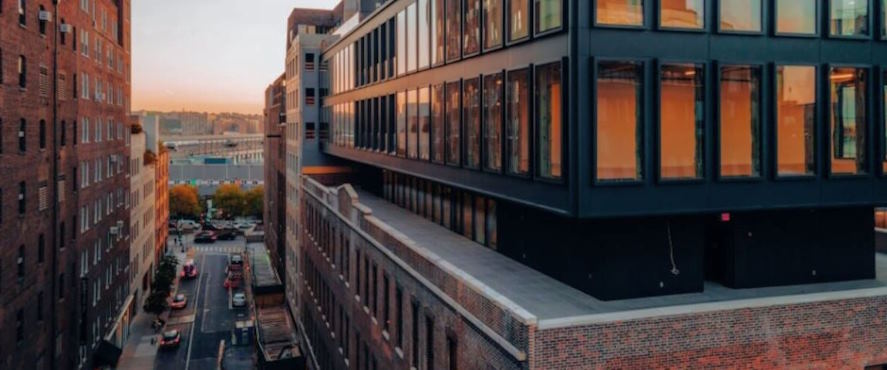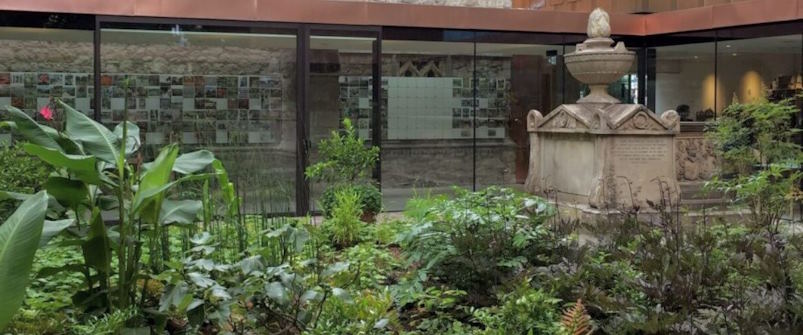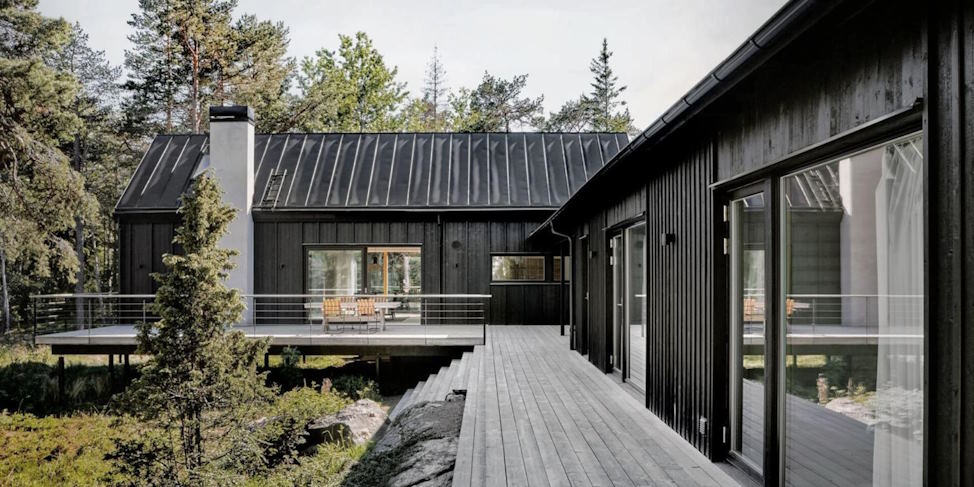Blending traditional architectural elements with modern design is a captivating concept that pays homage to the past while embracing present innovations. It allows for a harmonious fusion of old and new, creating residences that seamlessly integrate historic charm with contemporary functionality. This article will explore the concept of blending traditional architectural elements with modern design, examine successful examples of integrating historic charms into contemporary residences, and highlight the delicate balance between preserving heritage and incorporating modern functionality.
The Concept of Blending Tradition and Modernity
Blending tradition and modernity in architecture is about finding a balance between preserving the historic character and significance of a building while incorporating the conveniences and aesthetics of contemporary living. It involves thoughtful design decisions that respect the architectural heritage while creating spaces that cater to modern lifestyles and preferences.
Successful Examples of Integration
Adaptive Reuse
Adaptive reuse is repurposing old buildings for new uses. It transforms historical structures, such as warehouses, barns, or industrial buildings, into unique and functional residences. This approach allows for preserving the building’s original features while adapting it to serve modern purposes.

Architectural Additions
Adding modern extensions to existing traditional structures can create a captivating juxtaposition of old and new. Contemporary elements like glass facades, steel frames, or minimalist designs can complement traditional architecture, creating a visually striking and functional blend.
Interior Design
Balancing traditional and modern elements within the interior spaces is another way to achieve the blend. Combining antique furniture, vintage accents, or traditional materials with sleek, contemporary furnishings and fixtures can create a visually intriguing and harmonious interior design.
Preserving Heritage while Embracing Modern Functionality
Sensitivity to Context
Considering the historical context and architectural character of the building and its surroundings is crucial when incorporating modern elements. Design choices should respect the original structure and maintain the integrity of the neighborhood or landscape.

Sympathetic Material Choices
Selecting materials sympathetic to the existing structure is essential in blending old and new. Choosing materials that complement the historic features, such as using reclaimed wood or traditional brickwork alongside modern finishes, can create a cohesive design.
Integration of Technology
Integrating modern technology into historic buildings can enhance functionality without compromising architectural integrity. Concealing wiring and incorporating smart home features discreetly ensures seamless integration of modern conveniences.
Thoughtful Design Transitions
Paying attention to the transitions between old and new is crucial. Creating smooth connections and visual continuity between traditional and contemporary elements helps maintain a cohesive design language throughout the space.
Blending traditional architectural elements with modern design requires a delicate balance between preserving heritage and embracing modern functionality. By respecting the historical significance of a building, selecting appropriate materials, and employing thoughtful design strategies, architects and designers can create residences that seamlessly integrate the charm of the past with the comforts of the present. The result is a harmonious blend that not only pays homage to the architectural legacy but also creates spaces that meet the needs and desires of modern inhabitants.


